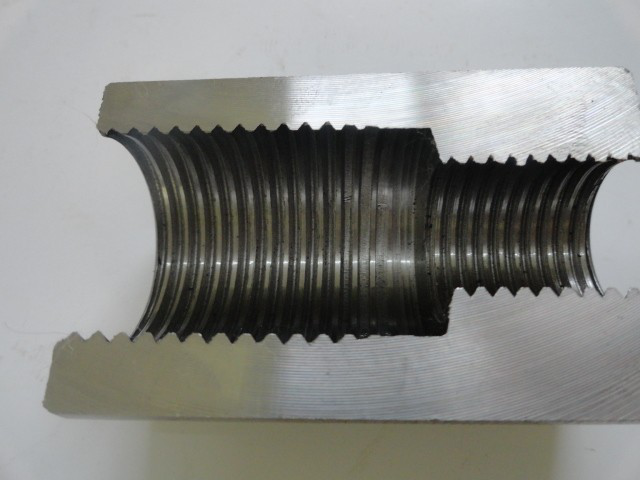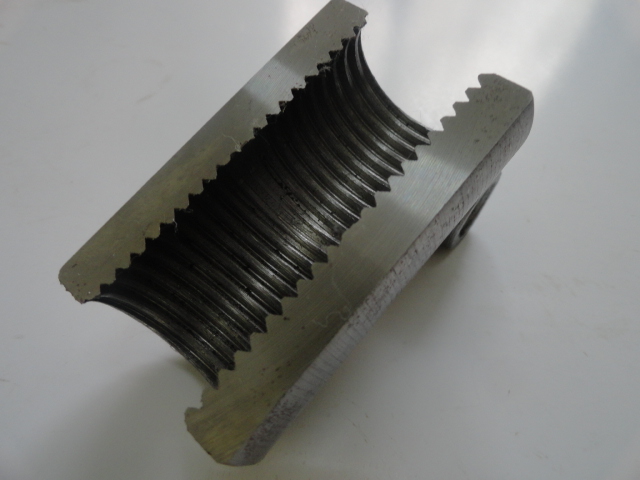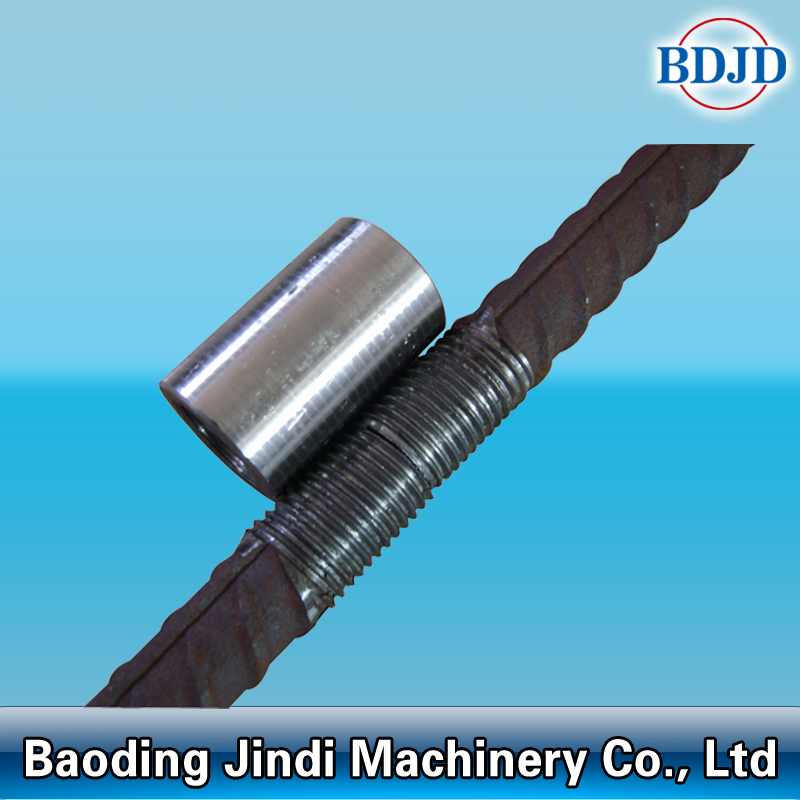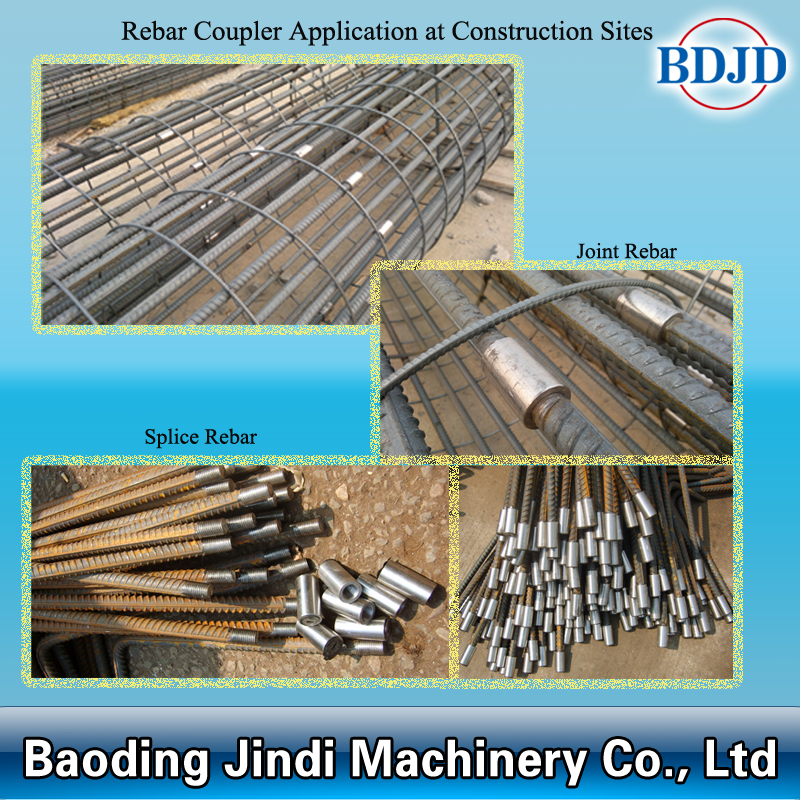The development of the parts industry is seriously behind the entire vehicle
Since the reform and opening up in 1978, China has gone through 30 cold summers. In the past 30 years, the Chinese automobile industry has also achieved rapid growth as a pillar industry. China has now become the world's third largest auto producer. The proportion of automobile production to world automobile production has increased year by year, from 3.6% in 2000 to around 12% in 2007. Along with the development of the whole vehicle, although the parts industry has made great progress, compared with the whole vehicle industry, the development is still lagging behind.
The lag in the development of the parts industry is mainly reflected in the backward development of research and development capabilities, low profit levels, small scale of enterprises, and weak comprehensive strength of the industry. Compared with foreign companies, the domestic R&D investment of R&D enterprises is less than 1/4, which directly leads to the backwardness of the company's technical strength. In 2007, the average monthly profit level of the parts industry was around 7%. Compared with the production and sales links, the average profit level was the lowest. The scale of China's auto parts is generally small. The number of parts and components enterprises above designated size accounts for less than half of the total. There are only a hundred large parts and components enterprises that can truly exceed 100 million yuan.
The strength of parts and components enterprises is seriously different
According to the data of Beijing Hongrui Xinsi Management Consulting Co., Ltd.: At present, there are more than 15,000 auto parts companies in China, and less than half of the total number of parts and components enterprises above the scale, and large parts enterprises that can truly exceed 100 million yuan. There are only a handful of companies, most of which are small and medium enterprises.
The development of the parts industry is double squeezed
Because of history and strength, the development of China's auto parts companies has been subject to double extrusion.
Squeeze of raw material suppliers
The primary responsibility of upstream suppliers is to use their own monopoly or oligarchic position to squeeze parts companies. For component companies, especially second- and third-tier component manufacturers (these are mainly small and medium-sized enterprises), their upstream suppliers are generally large industrial raw material enterprises. For example, the producers of steel and non-ferrous metals have almost zero bargaining power and negotiating power for small and medium-sized component companies. In the face of price increases and timely delivery, component companies have no choice.
The strength of the downstream OEM
The OEM also often uses its own strong position to compress the profit margin of component companies for their own benefit. For example, when the sales decline enterprise needs to reduce the cost, the first measure adopted by the OEM is to lower the purchase price of the parts. In addition, many SMEs are responsible for the burden that should be the host factory.
As the cost of the near-term period rises and sales decline, the OEM is trying to reduce costs, mainly by reducing internal expenses, layoffs, and lowering the purchase price of raw materials. And low-cost acquisitions will be the most effective way to control costs. In the face of a strong OEM, most component companies do not have the ability to bargain. Therefore, the parts manufacturing enterprises are caught in the double squeeze of the upstream and downstream, and the profit margin is infinitely compressed.
According to Hongrui Xinsi Consulting, many OEMs now require third-party inventory around parts companies. The reason for the OEM is to reduce its warehouse occupancy and management costs in order to respond appropriately to market changes.
Most of these third-party inventories are inextricably linked to the OEMs. This is the inventory organization, and its management is very confusing. It is not even possible to provide inventory for companies that store parts in their warehouses. The irresponsibility of the OEM is also reflected in frequent changes to orders. The OEM can change the production orders that have been released due to changes in its production schedule and market conditions. Even some parts companies have responded to more than 30 order changes received in one month, and each has dozens of orders. Products, changes include delivery time, delivery quantity, product variety and other items.
Next page
Rebar Coupler is used to connect threaded rebar with diameter from 12mm-50mm.
Types of Rebar Parallel Thread Splicing Coupler:
1. Standard type;
2. Left-handed & right-handed type;
3. Transition type;
4. Nut-locking type;
5. Wide Mouth type.


Rebar Coupler Advantages
1. Material: 45C or 40Cr.
2. High precision thread, full thread type, no false thread.
3. Bar break by tensile strength test.
4. Install quickly, conveniently, shorten construction period, cost effective.


We have the ability to customize according to the customer's request!
Rebar Coupler
Rebar Mechanical Coupler Price,Reinforcing Black Color Rebar Coupler,Rebar Splicing Sleeve,Material Steel Rebar Coupler
BAODING JINDI MACHINERY CO., LTD , http://www.rebarconnector.com